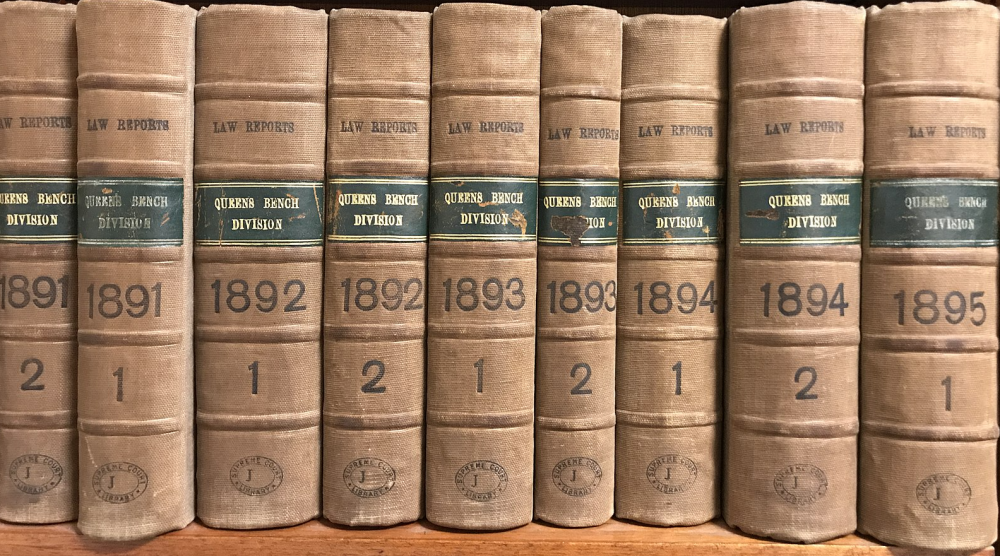Re Bank of Credit and Commerce International SA (No 8)
|
The Jolly Contrarian Law Reports
Our own, snippy, in-house court reporting service.
|
The leading case on charges over bank accounts. BCCI had lent to corporates, and taken security in the form of deposits placed with BCCI by the principals behind the corporate borrower. BCCI itself (being a giant fraud) had collapsed.
The question was did BCCI have to apply the deposits (basically an unsecured borrowing from the principals) against the value of the loan, or could they leave the deposits outstanding and sue the borrowers for recovery. The deposits were more or less worthless in the hands of customers who had deposited them, because BCCI had blown up. Therefore a netting off was, ironically, tremendously bad news for BCCI, because it would (partially) discharge a valuable loan asset value by a netting off against the face value of the deposit liabilities that were really worthless.
By the same token the borrower/depositor were very enthusiastic about this, because it means they got their loan discharged for basically nothing.
Some good nuggets:
The general rule is that a secured creditor is not obliged to resort to its security but can still claim repayment from the debtor, leaving the security alone. In China and South Sea Bank Ltd. v Tan Soon Gin (alias George Tan) [1990] 1 AC 536, where the security was a share mortgage and a personal surety, Lord Templeman said:
The creditor had three sources of repayment. The creditor could sue the debtor, sell the mortgage securities or sue the surety. All these remedies could be exercised at any time or times simultaneously or contemporaneously or successively or not at all.
The plaintiffs tried to overcome this by appealing to the principle of mandatory insolvency set-off. No dice because, even though co-controlled, the borrower and the depositor were distinct third parties and so there was no mutuality between parties. The set-off failed. This is plainly correct.
Re Charge Card Services
BCCI overruled the difficult case of Re Charge Card Services Ltd. [1987] Ch 150[1] and its doctrine of conceptual impossibility, under which
“a man cannot have a proprietary interest in a debt or other obligation which he owes another”.
...
An equitable charge is a species of charge, which is a proprietary interest granted by way of security. Proprietary interests confer rights in rem which, subject to questions of registration and the equitable doctrine of purchaser for value without notice, will be binding upon third parties and unaffected by the insolvency of the owner of the property charged. A proprietary interest provided by way of security entitles the holder to resort to the property only for the purpose of satisfying some liability due to him (whether from the person providing the security or a third party) and, whatever the form of the transaction, the owner of the property retains an equity of redemption to have the property restored to him when the liability has been discharged. The method by which the holder of the security will resort to the property will ordinarily involve its sale or, more rarely, the extinction of the equity of redemption by foreclosure. A charge is a security interest created without any transfer of title or possession to the beneficiary. An equitable charge can be created by an informal transaction for value (legal charges may require a deed or registration or both) and over any kind of property (equitable as well as legal) but is subject to the doctrine of purchaser for value without notice applicable to all equitable interests.
